Aircraft in Agriculture
A significant numeber of Turbines Inc customers are involved with agriculture – and we find them fascinating! So, we looked into a brief history of aircraft in agriculture, particularly aircraft that use PT6 engines.
One of the most beautiful things to see in farm country is the “crop duster.” These pilots fly small planes very low to the ground, make quick turns, and avoid obstacles that take our breath away.
If you’ve grown up in the US or Canada, you probably imagine that this is the way farming has always been done. Agricultural aircraft are ubiquitous in farming, forestry and other natural resource management.
The Term “Crop Dusting”
In fact, the term “crop dusting,” came from the “ancient history” of spreading dry powders by aircraft. ( These powdered formulas included insecticides, fungicides, fertilizers, seed mixtures and other agricultural agents.) Powdered chemicals were lighter and easier for early aircraft to carry. These days, powerful engines make it possible for aircraft to carry more weight. For environmental and economic reasons, most modern aerial crop treatments are liquids, which can be spread more precisely and are less likely to drift from the precise locations they are applied.
Early Uses of Aircraft in Agriculture
The earliest known incidence of “crop dusting,” or aerial application of a substance by a fixed-wing aircraft, happened in 1921 in Troy, Ohio.
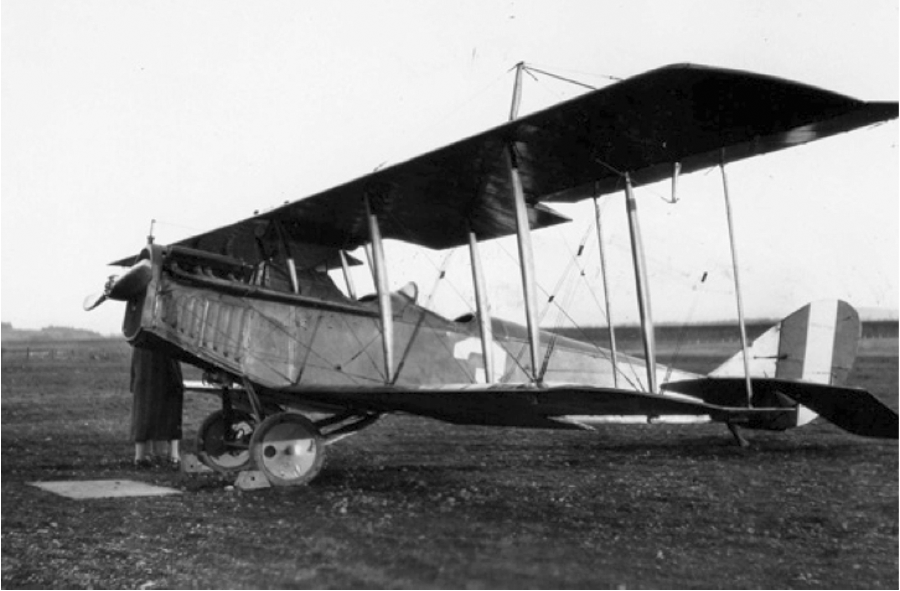
The Curtis JN-6 “Super Jenny”
Lt. John A. Macready, a US Army pilot, sprayed insecticide on six acres of Catalpa trees to eradicate an infestation of moth larvae. The aircraft was a modified Curtiss JN-6 “Super Jenny.”
The enterprise was sanctioned by the Ohio Department of Agriculture.
In 1922, Curtiss biplanes were again used to dust cotton fields in Louisiana, to control boll weevils.
In 1924, Huff Daland Dusters (which later became Delta Airlines) became the first company to provide aerial application services to farmers.
The Start of the PT6 in Agricultural Aircraft in New Zealand
By the 1960s, aviation gasoline, or Av-gas, was becoming more difficult to find as well as less economical than aviation kerosene, or Av-tur, used in turboprop engines.
James Aviation Limited of Hamilton, New Zealand, was using Fletcher FU-24 agricultural aircraft. Air Parts (N.Z.) Limited, began to redesign the FU-24 for use with a UACL PT6 turboprop engine in 1964.
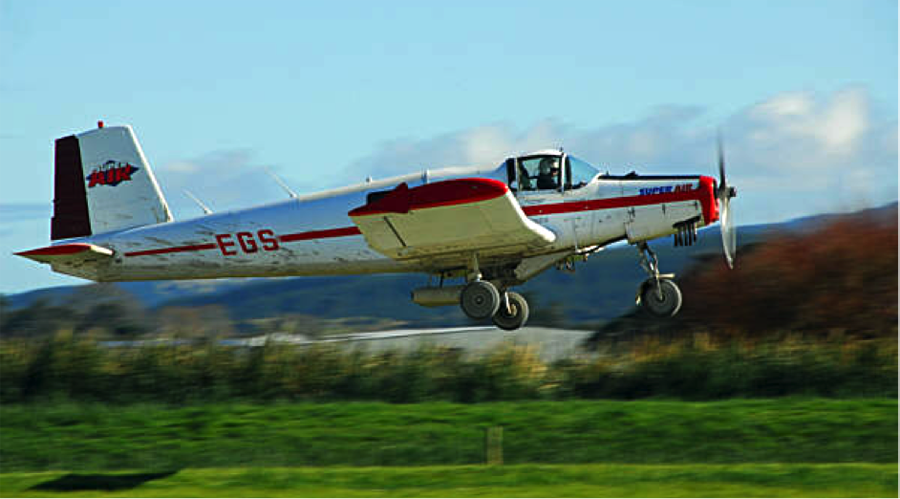
The Fletcher FU-24
The lighter and more powerful turboprop engine made it possible to increase the payload and improve performance. The Air Parts Fletcher 1060, or FU-1060 Turbo-Fletcher, first flew in June or July 1967. This machine was the first turbine-powered agricultural airplane in the world.
Legally, it could carry a load comparable to that of an FU-24. In practice, however, ground crews were instructed to load with as much as they could. When conditions were especially good, the Fletcher 1060 could lift up to 3300 pounds of fertilizer and still outperform a standard FU-24 carrying 2000 pounds.
Unfortunately, the Fletcher 1060 was the very last New Zealand-built aircraft of this type not to have the reinforced wing introduced at the time. As a result, the continuous overloading significantly weakened its structure.
The aircraft’s early PT6 also lacked an effective air filter, and proved somewhat troublesome and expensive to maintain. Faced with these problems, James Aviation, by then New Zealand’s largest top dressing firm, retired the Fletcher 1060 in August 1979.
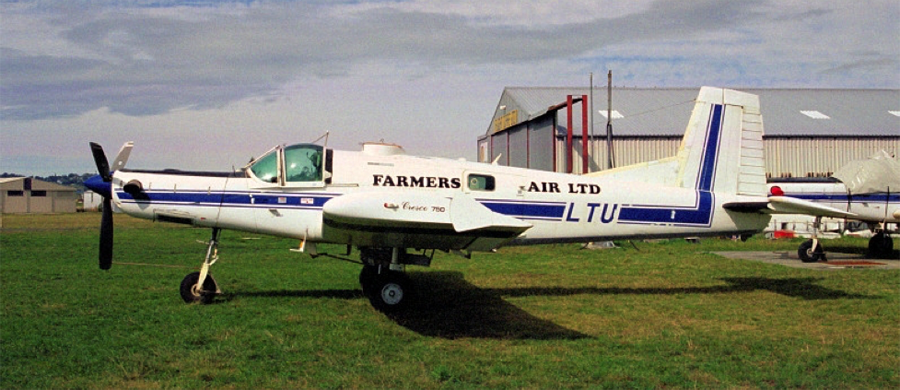
PAC Cresco
Patrick “Pat” Monk started work on redesign, eventually coming up with the Cresco, which first flew in February 1979. This machine, designed by Monk, was powered by an American engine, however. In 1992, Pacific Aerospace launched a new version of its agricultural and utility aircraft which was powered by a PT6.
Meanwhile, in North America . . .
In 1974, United Aircraft of Canada Ltd. (UACL) became seriously interested in agricultural aviation when an American pilot came to Longueuil, Quebec, Canada for the overhaul of the crankshaft of the Pratt & Whitney R-1340 Wasp engine. The Wasp was one of the mainstays of the aerial application industry in the United States at the time. The pilot told Derek Emmerson (a market development strategist for UACL) that the annual convention of the National Agricultural Aviation Association was about to begin.
Emmerson quickly prepared a display on the PT6 and left for the convention in Florida. There, he met Leland Snow, a well-known operator and designer of agricultural aircraft. Snow suggested to Emmerson that it would be in UACL’s interest to go after this market.
The Canadian team’s first task was to convince agricultural aircraft makers that a turbine-powered version of their machines would find customers. The main hurdle was cost. An overhauled Wasp piston engine cost approximately $11,000. A PT6, on the other hand, would increase the cost of an agricultural aircraft by $100,000.
In May 1975, Emmerson visited a number of rice farms along a 100 mile strip along the coast of the Gulf of Mexico, in both Texas and Louisiana. These producers were already doing 85% of the work on their farms - seeding, fertilizing and spraying of both insecticides and herbicides by air.
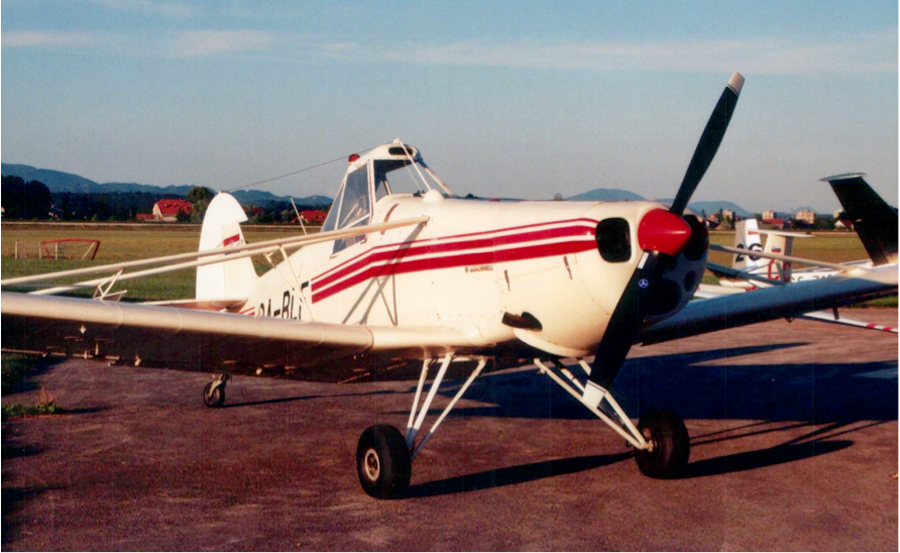
The Piper Pawnee
The 400 or so aircraft required for the 7 or 8 applications each crop needed were piston-powered Ag-Cat, the Cessna Model 188 Agwagon, and the Piper PA-25 Pawnee.
Emerson spent several days with Lyon Air Service Incorporated in Louisiana and Air Rice Incorporated of Texas. He observed spraying procedures, and talked with pilots and technicians. He even bought a stopwatch to time the many phases of a spraying operation.
William Priester “Bill” Cardiff of Air Rice expressed concern about the long term reliability of the Wasp. Failing engines meant that operators would be under a lot of pressure to keep up with the growers’ demands.
Cardiff was confident that a PT6-powered aircraft would bring some added benefits thanks to its greater payload, faster turnarounds, reduced pilot fatigue and smaller maintenance costs. He suggested that UACL loan a PT6 to help with the conversion of an aircraft. The work would be done by Frakes Aviation Incorporated of Texas.
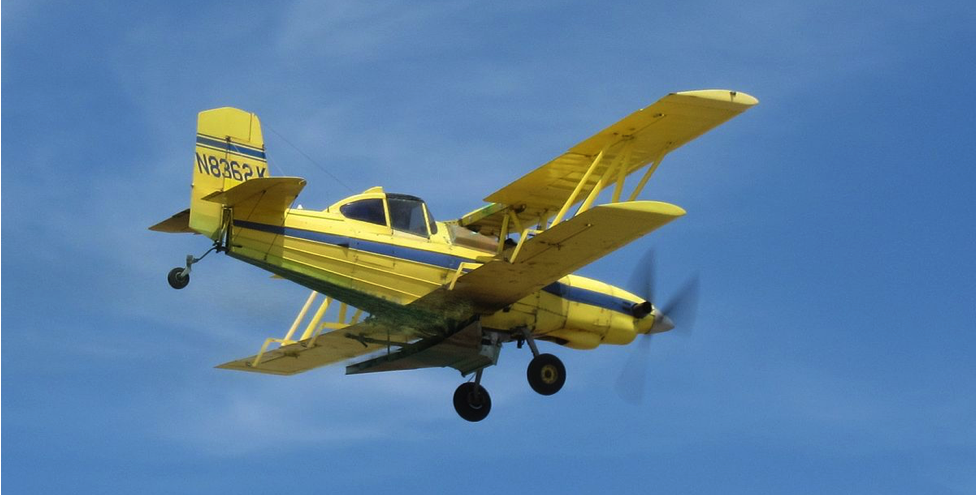
The Grumman Ag Cat
In 1976, the modified Ag-Cat (then known as the Frakes / Grumman Turbo-Cat) had its first flight.
Trials showed that its productivity was 60% greater than that of piston-powered agricultural aircraft. A number of aerial applicators became involved in trials over the next two years that showed that a production model of the turbine-powered Ag-Cat could be fitted with a less powerful version of the PT6 engine without any meaningful loss of performance or economy.
By then, American Jet Industries Incorporated had bought the 80% holding of Grumman Aerospace and made a cash offer to the holders of the remaining 20%. The firm’s new owner renamed it Gulfstream Aviation Corporation. Starting in 1979, Schweizer Aircraft gradually transferred production of the piston-powered Ag-Cat to Gulfstream Aviation. Shortly thereafter, it started to market its new PT6-powered Turbo Ag-Cat.
As of January 1981, Schweizer Aircraft acquired all production rights for the Ag-Cat family of aircraft from Gulfstream Aviation. While the latter kept a small number of Turbo Ag-Cats for sale, Schweizer Aircraft evaluated the potential market for these aircraft and came to the conclusion there were not enough operators that wanted the very large hopper then in production. Only 22 of these were eventually produced.
Instead, Schweizer Aircraft proposed its own version, the Ag-Cat Turbine or Ag-Cat Super-B Turbine.
Reliability vs. Cost
Even so, most aircraft it produced were still fitted with piston engines. It cost less than $150,000 for an aircraft powered by a Wasp piston engine and almost $375,000 for one powered by a PT6.
Another person who was seriously interested in turbine-powered agricultural aircraft was Frederick Ayres. The General Aviation Division of Rockwell International Corporation was producing its Thrush Commander agricultural aircraft. Faced with an increasingly scarce supply of good Wasp engines, the firm eventually decided to use the Wright R-1300 Cyclone 7. The operators, loyal to the Wasp, were not happy with this idea. Ayres proposed a solution: fitting a Thrush Commander with a PT6. Rockwell International showed little interest.
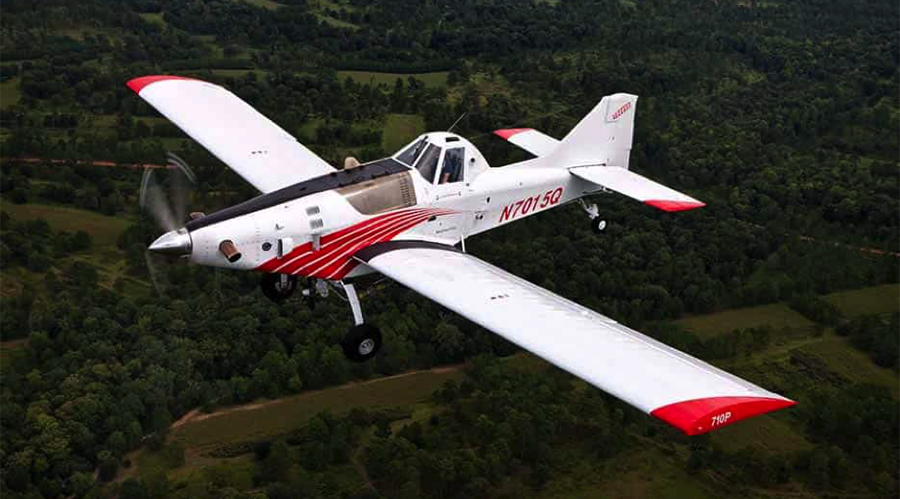
The Thrush Commander
Seeing this, Ayres contacted UACL. A deal was signed and Ayres hired an American firm, Serv-Aero Engineering Incorporated, to convert a Thrush Commander. This plane first flew in September 1975. Shortly thereafter, 5 conversion kits were sold to Sterner Aero Aktiebolaget, a Swedish agricultural aviation firm which already flew a number of Thrush Commander. The first 30 Turbo-Thrushes were aircraft originally built with the Cyclone 7 that their manufacturer had been unable to sell.
Certification Shenanigans
Weirdly, Rockwell International would not allow any aircraft to leave the factory without being fitted and certified with a piston engine. In a further twist, a single Wasp engine was moved back and forth between the production line and the conversion site. It would be mounted on each new Turbo-Thrush so that it could be certified in accordance with Rockwell International’s wishes. Once this was done, the aircraft would be fitted with a PT6 and made ready for delivery. The Wasp engine would then go back to the factory to start the process again.
Overall, it seems that the first 40 or so conversion kits were made by Serv-Aero Engineering. Ayres took over production of the kits at that point. Then, in late 1977, this firm acquired both the manufacturing rights for the Thrush Commander and the factory. The success of the turbine-powered conversions was one of the main reasons behind this decision.
Twelve conversion kits and 30 aircraft were produced in 1978. By the end of the decade, 50 to 60 aircraft were sold each year.
Ag Aviation Meets the War on Drugs
In 1982, Ayres, arguably the world’s leading manufacturer of agricultural aircraft, won a United States State Department contract to develop a special 2-seat version known as the NEDS. This acronym described the aircraft’s mission with great accuracy; it stood for Narcotics Eradication Delivery System.
These “combat crop dusters” had additional armor around the cockpit and fuel and chemical tanks, bullet-proof windows and other protective features.
Using the PT6 engine, the NEDS had a maximum speed of 250 miles per hour, but could fly up to 1000 miles on one tank of gas. Able to cruise at speeds under 100 miles an hour, the planes could stay in the air for up to 7 hours at a time.
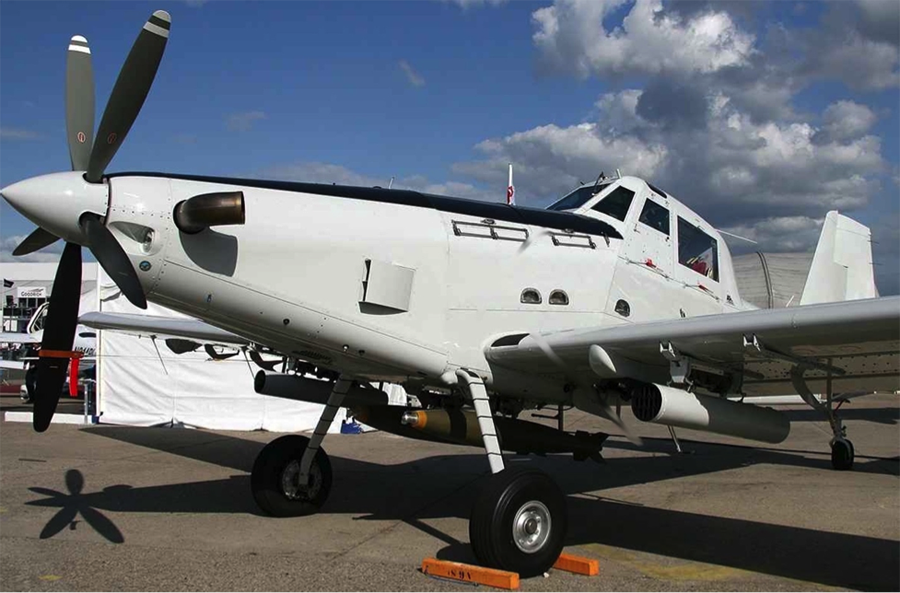
NEDS (Air Tractor’s AT-802U prototype)
Nineteen aircraft were delivered between 1983 and 1988, to the department’s International Narcotics Matters Bureau. They were used on Operation Roundup, (possibly named for the ubiquitous glyphosate-based herbicide known to suburban homeowners under the brand name Roundup.)
The planes were used in a series of drug eradication flights, in half a dozen countries:
- in Burma, today’s Myanmar, Thailand and Colombia, against poppy crops,
- in Mexico, against marijuana and poppy crops, and
- in Belize and Guatemala, against marijuana crops.
The NEDS were equipped with advanced navigational aids. A quiet propeller made it easier for them to fall upon a field without being detected. Given the fact that the aircraft performed their mission at pretty low speed (195 to 210 kilometres/hour / 120 to 130 miles/hour), special armour plate had to be fitted to the crew and engine compartments.
Fully aware that a military version of its drug-fighting aircraft could be of interest to a number of air forces thanks to its simplicity and ruggedness, its load-lifting capability, and its ability to take off and land on short, unprepared landing strips, Ayres developed the V-1-A Vigilante. This low cost surveillance and close support aircraft was designed in part with the cooperation of the United States State Department and the United States Army. The prototype flew in May 1989. Production aircraft were fitted with an American engine.
Current Use of PT6A Engines in Agricultural Aircraft
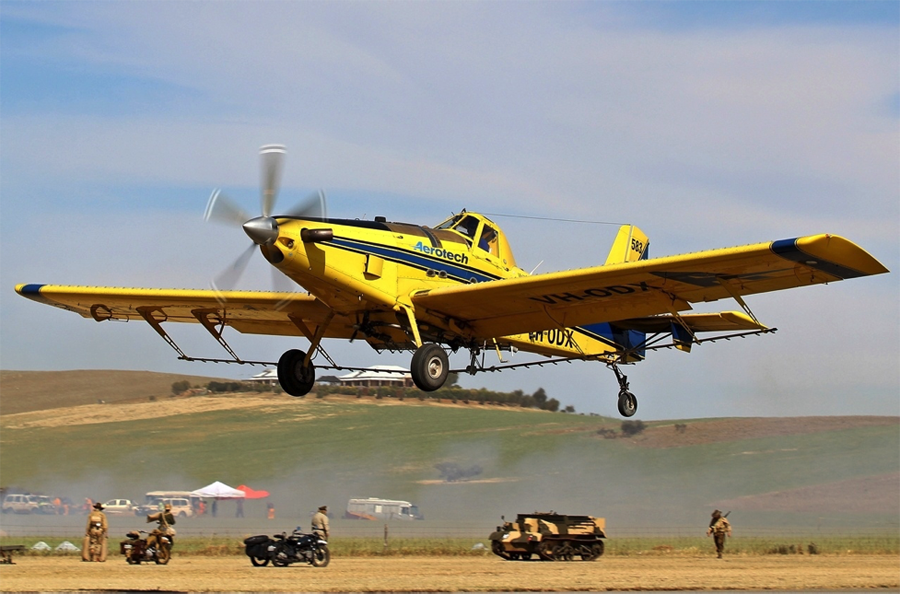
The Air Tractor
Over the years, other agricultural aircraft have been fitted with PT6 engines.
Agricultural aviation is an extremely important practice. The industry is composed mainly of small aviation contract aircraft operators, technicians and pilots that contract with agricultural producers for seasonal services.
Since aircraft can spread the insecticides precisely and efficiently, farmers produce an abundant supply of crops safely. Aviation practices are not just used to protect crops and agricultural fields, but also used in forestry, wildlife management, and public health initiatives, such as the eradication of malaria-producing mosquitoes.
The aircraft is a fixture of modern agriculture. And the PT6 engine is a fixture of modern aircraft. While drones and other technologies show promise in many of these fields, there is no commercially viable replacement for an aircraft flown by a skilled agricultural pilot.
We expect them to remain central to food production and natural resource management worldwide.
Sources:
https://hartzellprop.com/the-history-of-agricultural-aviation/
https://www.jsamiami.com/agricultural-aviation-with-the-pt6/
